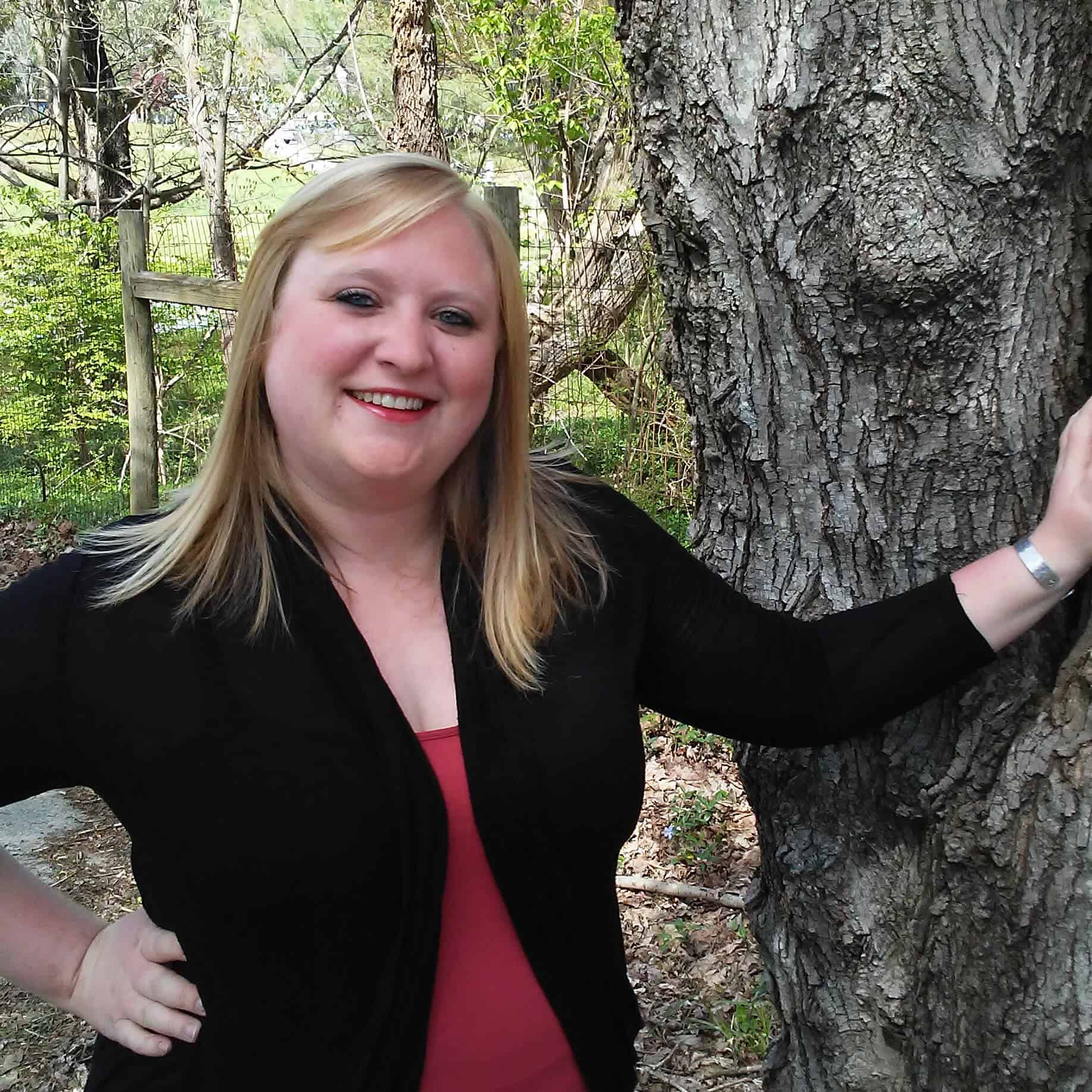Opting for adoption for your baby in South Carolina is a deeply compassionate choice, motivated by love. This considerate decision involves a meticulously crafted process that places the utmost importance on ensuring a bright future for your child.
Right now, you may be asking questions like:
- What is the adoption process like?
- How do I give my baby up for adoption in South Carolina?
- Where are adoption agencies in South Carolina?
- What are the steps of adoption in South Carolina?
For any inquiries regarding the adoption process in South Carolina, it is best to fill out our contact form.
While you’re here, delve deeper into the intricacies of placing a baby up for adoption in South Carolina. Keep reading to uncover valuable insights into the process and gain a comprehensive understanding of this significant decision.
Is Choosing Adoption Really “Giving Up?”
Choosing adoption for your baby in South Carolina isn’t giving up. It is a deep manifestation of love and unwavering commitment to your child’s welfare. By opting for adoption, you not only create a nurturing environment but also unlock a myriad of opportunities and experiences for your child. It is a remarkable choice that embraces love, compassion, and limitless possibilities. It also provides benefits for you. You can:
- Receive financial assistance
- Devote yourself to your career
- Complete your education
- Pursue your dreams
Deciding to place your child for adoption in South Carolina is far from abandonment. It is a compassionate decision that prioritizes your child’s future above all else. Explore the wide array of adoption options available to you, taking into account the multitude of possibilities.
How to Place a Baby Up for Adoption in South Carolina [The 5 Steps]
Step 1: Talk with an Adoption Agency in South Carolina
When considering placing your child for adoption in South Carolina, it is crucial to collaborate with a reputable adoption agency that can skillfully guide you through the process. These agencies possess the expertise and resources needed to ensure a smooth experience for both birth parents and adoptive families.
- American Adoptions
- Nightlight Christian Adoptions
- Lifeline Children’s Services
- Bright Start Adoption Services
Adoption agencies are there to provide more than just procedural guidance; they offer an array of services designed to support you throughout your adoption journey.
Choosing between local and national adoption agencies is an important step in the process of placing your child for adoption in South Carolina.
Local and national adoption agencies offer unique advantages to those who want to give up their baby for adoption. Local agencies, such as those in South Carolina, provide a personal touch and understand local legal requirements and social landscape, simplifying the process.
National adoption agencies have a wider reach, offering a larger pool of adoptive families and increasing the chances of finding the perfect match for your child. They have more resources available, leading to quicker placements. These agencies can handle adoptions across state lines, providing an advantage for those who want to relocate or search for families outside their local area.
Step 2: Create an Adoption Plan
Creating an adoption plan is a crucial part of giving up your baby for adoption in South Carolina. This plan serves as a thorough guide, outlining your desires and expectations for the adoption process. It covers important aspects such as the ideal adoptive family for your child, your preferences for post-adoption communication, and how you envision your time at the hospital.
Choosing an Adoptive Family:
- Specify the desired qualities of the adoptive family, including their location, lifestyle, family structure, hobbies, and religious beliefs.
- Your adoption agency will present you with profiles of families that meet your criteria. Ultimately, the responsibility of selecting a family for your child rests with you, allowing you to make the final decision.
Determining Post-Adoption Contact:
When giving up your baby for adoption, you have the option to select from open, semi-open, or closed adoption, each offering different levels of post-adoption contact.
In open adoption, you have direct contact with both the adoptive family and your child. In closed adoption, there is no contact. Semi-open adoption involves mediated contact facilitated through the agency.
Your adoption plan also includes outlining your hospital plan. You have the freedom to choose who is present during the delivery, how much you interact with the adoptive family, and the precious first moments with your baby.
Step 3: Pick the Perfect Adoptive Family for Your Child
Once you have developed your adoption plan, the next stage in the adoption process in South Carolina is to browse through the adoptive parent profiles provided by your adoption agency. These profiles provide valuable insights into the lives of prospective adoptive families, offering information about their home environment, family dynamics, hobbies, and values.
Trust your instincts during this process. As the biological mother, you possess an inherent understanding of what is best for your child.
Step 4: Choose an Adoption Style and Get to Know the Family
Adoption processes are not standardized; they can be tailored to accommodate the specific needs and circumstances of those involved. In South Carolina, there are three main types of adoptions: open, semi-open, and closed. These options provide varying levels of communication and contact among birth parents, adoptive parents, and the adopted child.
Every form of adoption comes with its own set of distinctive advantages and obstacles, and the final choice ultimately depends on the birth parents’ comfort and preferences.
In an open adoption, there is a direct line of communication between the biological and adoptive families. This allows for ongoing information exchange and even the possibility of in-person visits.
A semi-open adoption provides a middle ground, where some level of interaction between birth and adoptive parents is allowed. Typically, this interaction is facilitated by the adoption agency, ensuring limited contact while respecting privacy boundaries.
In a closed adoption, there is no sharing of personal information or direct contact between the biological and adoptive families. This approach guarantees complete privacy and confidentiality for all parties involved.
In an open adoption process, getting to know the adoptive parents intimately plays a crucial role. This interaction enables biological parents to gain insight into the adoptive family’s lifestyle, values, and affection for the child. It fosters trust, establishes a connection, and enhances the child’s emotional well-being. Open communication provides the child with an understanding of their origins, heritage, identity, and self-worth. Adoption involves selecting a caring and stable family for the child.
Step 5: Plan for the Birth and Life After
After the paperwork is complete and you give your baby up for adoption, the soon-to-be mother begins preparing for her life post-birth. This involves getting emotionally, physically, and financially ready for the upcoming changes. It also means building a support system to navigate this new phase of life. Each journey is different, so it’s important to prioritize self-care and recovery for a smooth transition.
Getting Started with Adoption
If you’ve decided that adoption is the most suitable path for you, reaching out to an adoption agency should be your first step.



